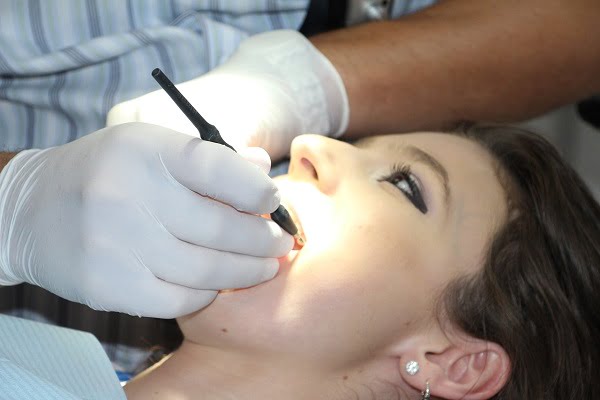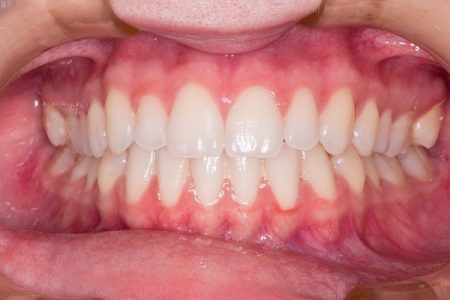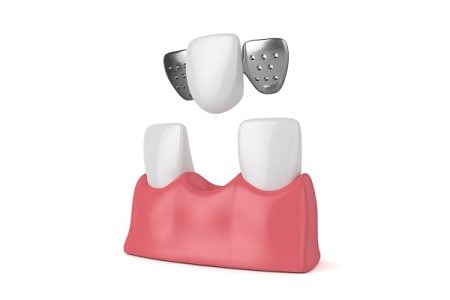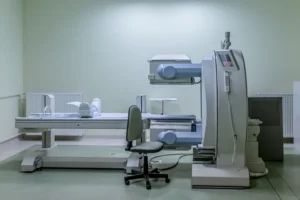What Does an Impacted Wisdom Tooth Look Like?
- Updated on: Jun 5, 2024
- 2 min Read
- Published on Sep 27, 2019


What is an impacted wisdom tooth?
Wisdom teeth are the third molars located at the very back of your mouth in upper and lower gums. They usually erupt in between ages 17 and 21 and hence the name wisdom teeth because a person is old enough to have gained some wisdom by that time.
If a wisdom tooth gets stuck under your gum while erupting out of your gums or doesn’t have enough room to break through the gum, it’s considered “impacted.” Impacted wisdom tooth is more vulnerable to disease, tooth decay, and other dental problems.
Read about tooth impaction.
What does an impacted wisdom tooth look like?
An answer to this question can be best described by understanding the different types of impacted wisdom teeth. The type of impacted wisdom teeth also decides when and what medical attention you need. It also determines if you may or may not require surgery and removal of impacted teeth.
Types of wisdom teeth impaction
There are four common types of impaction seen in case of wisdom teeth.
Horizontal Impaction
This is the least common and most painful type of impaction you can have. The molar lies horizontally at 90 degree angle and grows in the roots of second molar. If you are having this kind of wisdom tooth impaction, you’re going to be in a lot of pain unless you get it removed by a dental surgeon. If you wait and watch until the pain is too unbearable then you are going to have increased risk of surrounding teeth damage by the impacted molar.
Distal Impaction
In this kind of impaction, the wisdom tooth grows at an angle and tilted back towards the rear of the mouth. This can cause you a significant amount of pain at the back of your mouth. The time when it needs immediate extraction will depend on the degree of the angle of the tooth. It is also believed to be the easiest type of wisdom tooth to extract.
Vertical Impaction
Vertical impaction happens when the wisdom tooth has almost near vertical orientation but doesn’t fully erupt through the gum. Sometimes it may be slightly or almost touching the tooth next to it. This kind of impacted wisdom tooth rarely needs surgery and the likelihood of this tooth erupting normally is very high. If the surgery is needed, it may be because of the pressure on the underside of the molar in the back of the mouth or front of the bones.
Mesial Impaction
This is the most common form of impaction where the tooth is angled towards the front of the mouth. It is regarded as the hardest wisdom tooth to remove. Due to its position, it can possibly push your other teeth forwards. The severity of this kind of impaction is determined by the angle at which the tooth resides.
In case of a partial eruption which commonly occurs, the back of the tooth will poke into the gums. Your dentist will monitor these types of impactions over a period of time as it could go either way.
These four kinds of impaction will determine what an impacted wisdom tooth looks like on x-ray film during the diagnosis.












